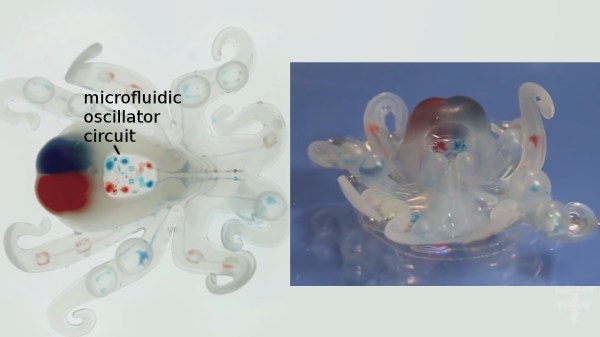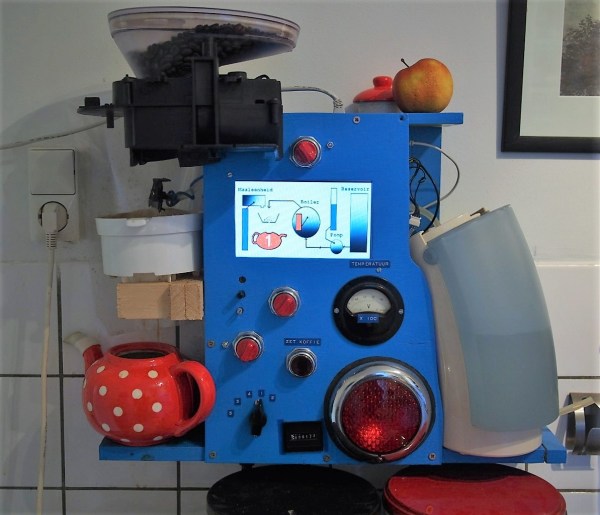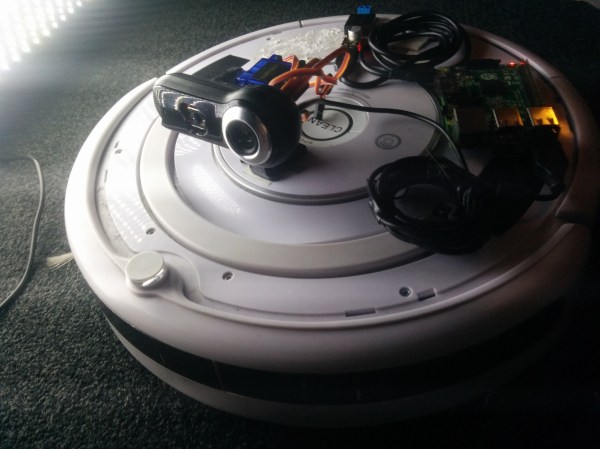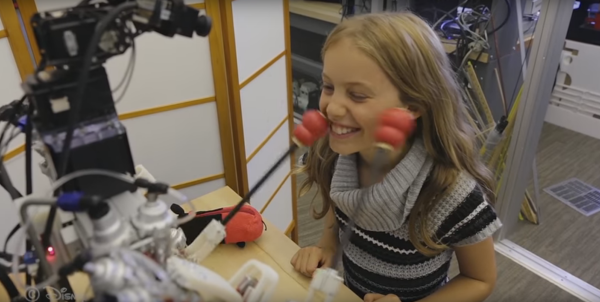Hackerboards got a chance to sit down with Intel’s latest attempt to turn hackers into a willing and steady revenue stream, the, “Euclid.” The board is cool in concept, a full mini computer with stereo cameras, battery, Ubuntu, and ROS nicely packaged together.
We would be more excited if we knew how much it costs, but in principle the device is super cool. From a robotics research perspective it’s a sort of perfect package. ROS is a wonderful distributed and asynchronous robotic operating system, test, and development platform. The Intel developers designed this unit around the needs of ROS and it comes pre-installed on the camera.
For those who haven’t used ROS before, this is a really cool feature. ROS is natively distributed. It really doesn’t care where the computer supplying its data lives. So, for example, if you already had a robot and wanted to add stereo vision to it. You could offload all the vision processing components of your existing ROS codebase to the Euclid and continue as if nothing changed.
The other option is to use the board as the entire robot brain. It’s self contained with battery and camera. It’s a USB to serial connection away from supercharging any small robotics project.
Unfortunately the board is still a demo, and based on Intel’s history, likely to be too expensive to lure ordinary hackers away from the RasPis and import cameras they already know how to hack together into more or less the same thing. Universities will likely be weak at the knees for such a development though.





















